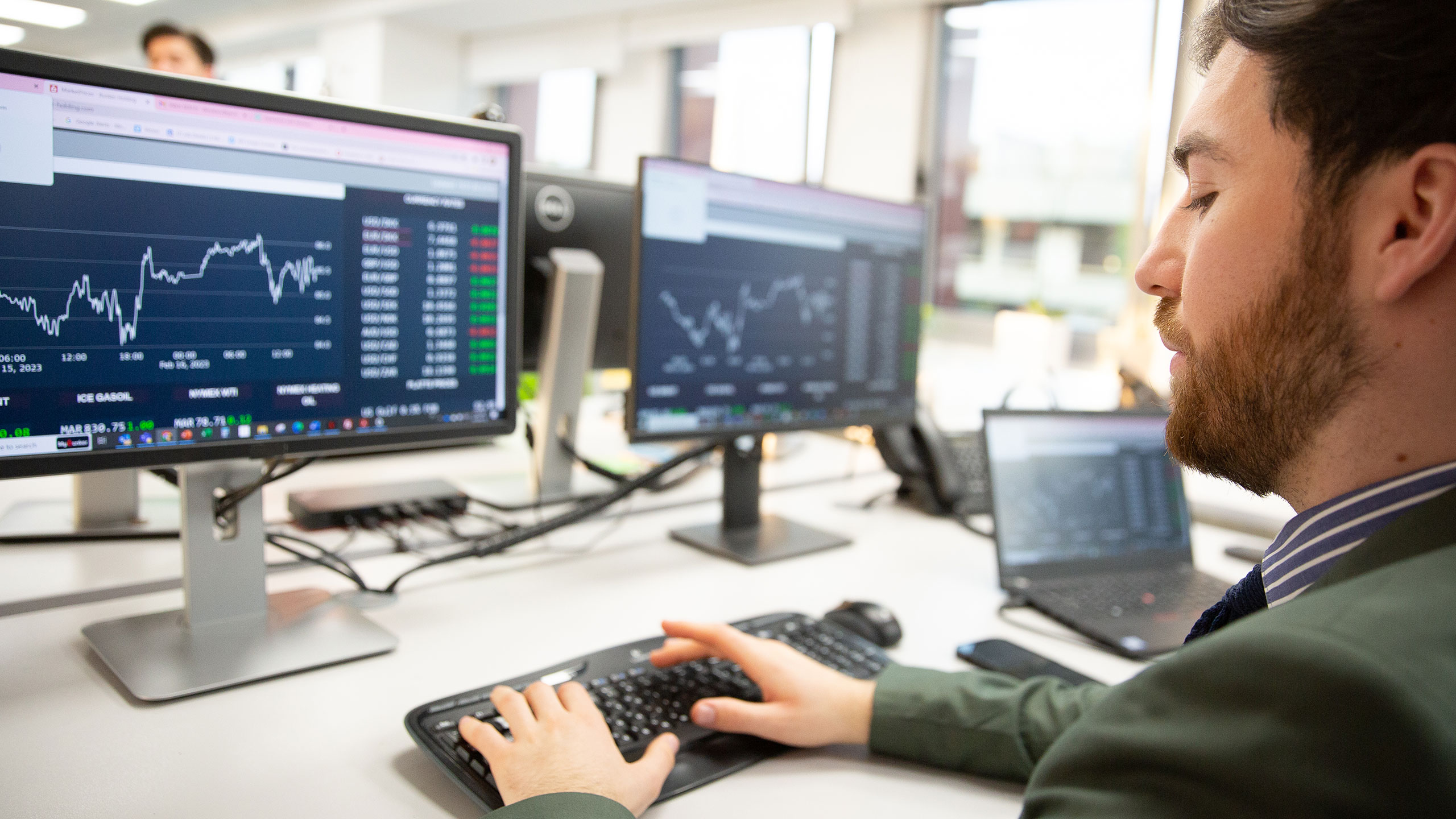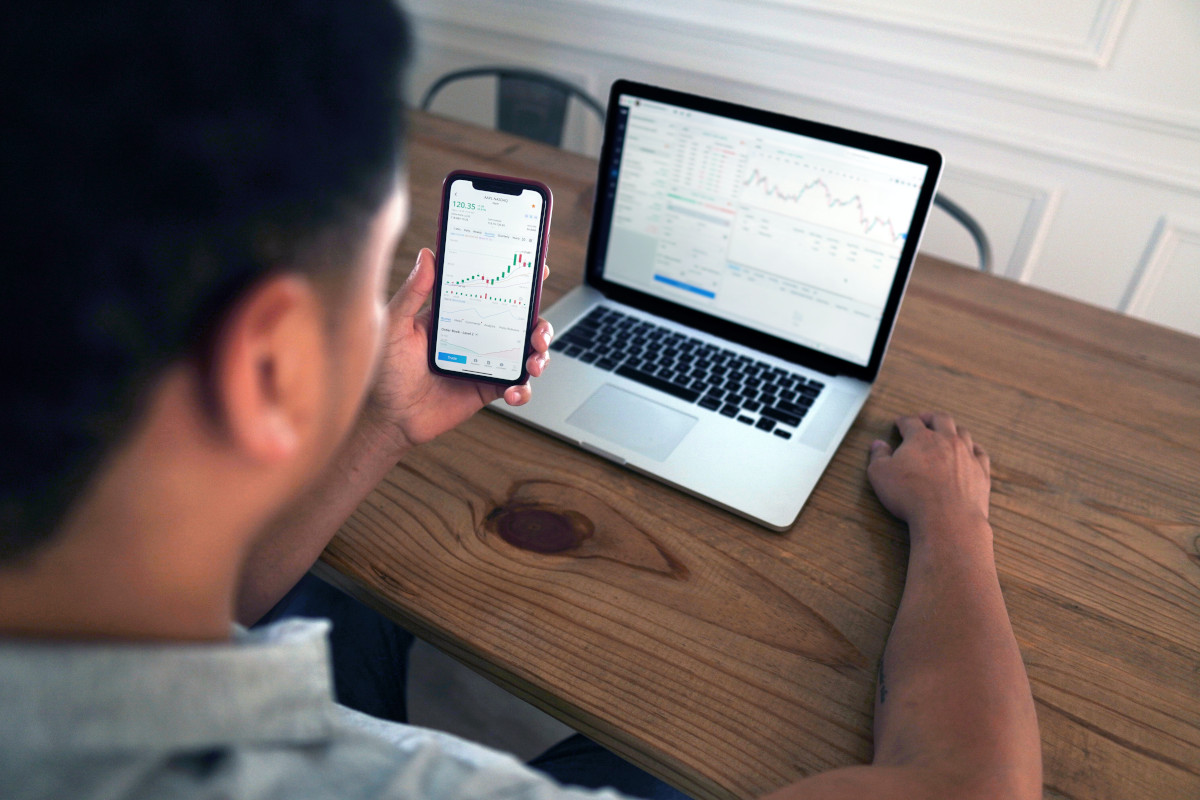In an era where technology permeates every aspect of our lives, the line between recreation and skill-building seems to blur. Trading simulators have emerged as a fascinating crossroad where financial education meets entertainment.
These platforms offer users the chance to engage in simulated trading experiences—complete with dynamic market conditions and real-time data—promising an exhilarating dive into the financial world. But at their core, are these sophisticated tools simply glorified video games for adults? While they provide an opportunity for players to hone their investment strategies and understand market mechanics without the risk of losing real money, critics argue that their gamified nature can trivialize the art of trading.
This exploration will delve into the nuances of trading simulators, examining whether they serve as valuable educational resources or just another form of adult gaming dressed in the guise of financial literacy.
Introduction: The Rise of Trading Simulators

In recent years, trading simulators have surged in popularity, transforming the landscape of financial education and personal investment strategies. Once merely a niche tool for professional traders, these platforms have evolved into sophisticated, interactive environments where individuals can polish their skills without risking real money.
Imagine stepping into a dynamic virtual marketplace, using a free market replay tool to experiment with strategies, analyze market trends, and experience the thrill of trading—minus the anxiety of financial loss. As the barriers to entry in the world of finance diminish, more people are discovering these simulators, drawn by their gamified elements and the allure of mastering the market.
But as we delve deeper into this phenomenon, one question lingers: Are these simulators genuinely educational platforms or simply engaging pastimes that mimic the intricacies of real-world trading?
Defining Trading Simulators: More than Just Games

Trading simulators are often dismissed as mere toys for adults, but they serve a far more profound purpose in the financial landscape. These sophisticated platforms allow users to engage in simulated trading environments, where they can test strategies, analyze market behavior, and refine their skills without risking real money. Unlike traditional video games that offer fleeting entertainment, trading simulators mimic the complexities of actual market dynamics, incorporating real-time data and a plethora of financial instruments.
This immersive experience fosters a deeper understanding of trading mechanics, risk management, and emotional discipline—essential traits for any serious investor. By challenging both novice and seasoned traders alike, these simulators bridge the gap between theoretical knowledge and practical application, transforming the way individuals approach financial markets.
The Mechanics of Trading Simulators: How They Work

Trading simulators function by emulating real market conditions through sophisticated software that integrates live data feeds and algorithm-driven insights. Users engage in simulated trading by buying and selling assets, mimicking the strategies of seasoned traders without any financial risk involved.
These platforms often offer a variety of features, such as real-time charts, technical indicators, and the ability to analyze performance metrics, which provide an immersive experience akin to actual trading. Additionally, many simulators allow customization, letting traders tailor simulations to reflect specific market scenarios or personal investment strategies. This blend of technology and user engagement creates an environment where novices can learn the ropes while experienced traders can hone their skills, all within a risk-free setting.
Ultimately, the intricate algorithms and user-friendly interfaces of these simulators transform the daunting world of trading into an accessible, educational game, sparking curiosity and fostering growth.
Conclusion
In conclusion, while trading simulators may seem akin to video games for adults at first glance, they serve a more substantial purpose within the realm of financial education and market understanding. These tools provide a pragmatic environment for users to hone their trading skills, develop strategies, and experience market dynamics without financial risk.
The introduction of features such as the free market replay tool further enhances these simulators, allowing users to revisit historical market conditions and refine their approaches in real-time scenarios. Ultimately, trading simulators bridge the gap between entertainment and education, empowering individuals to navigate the complex world of trading with greater confidence and competence.


